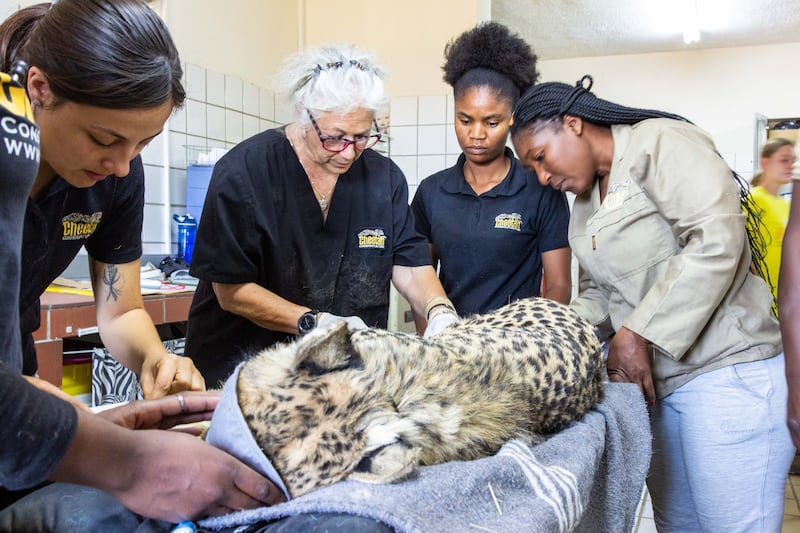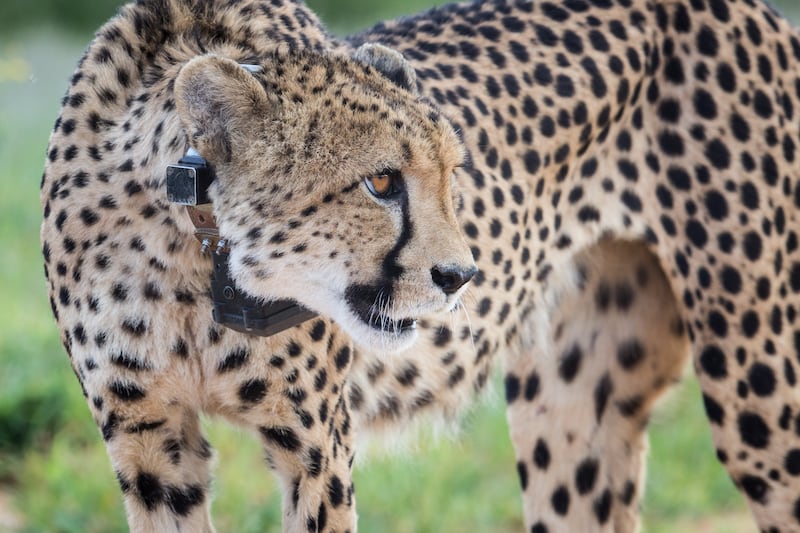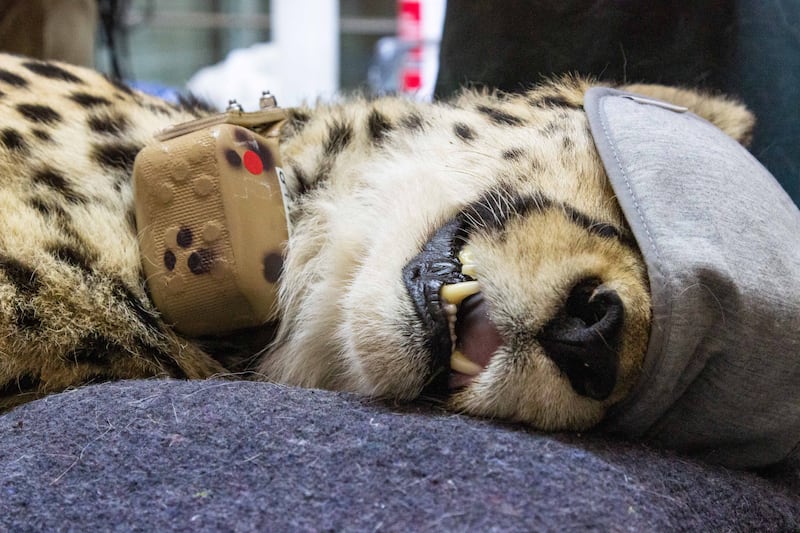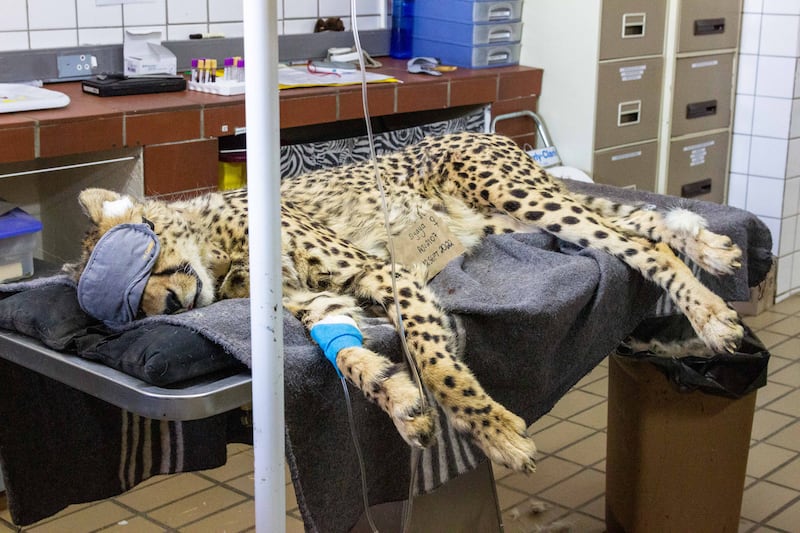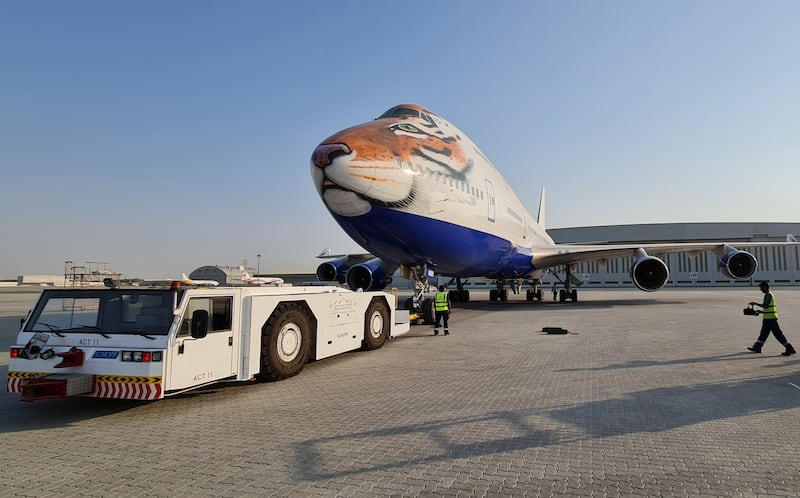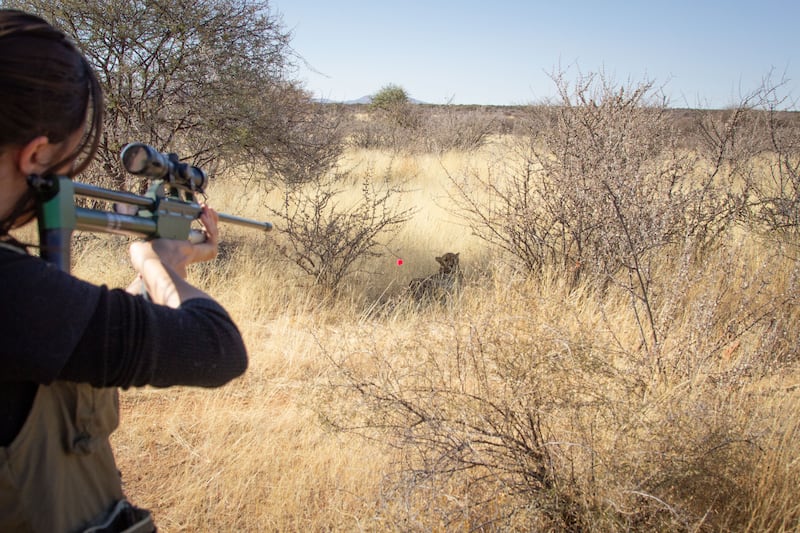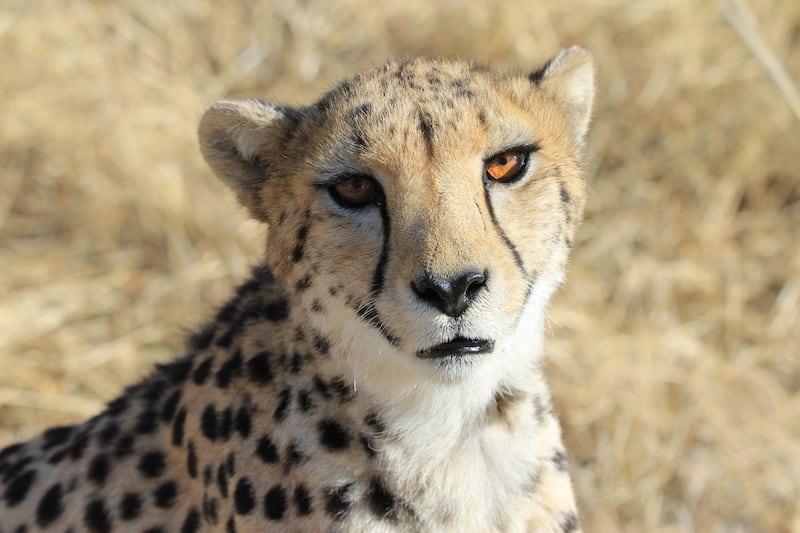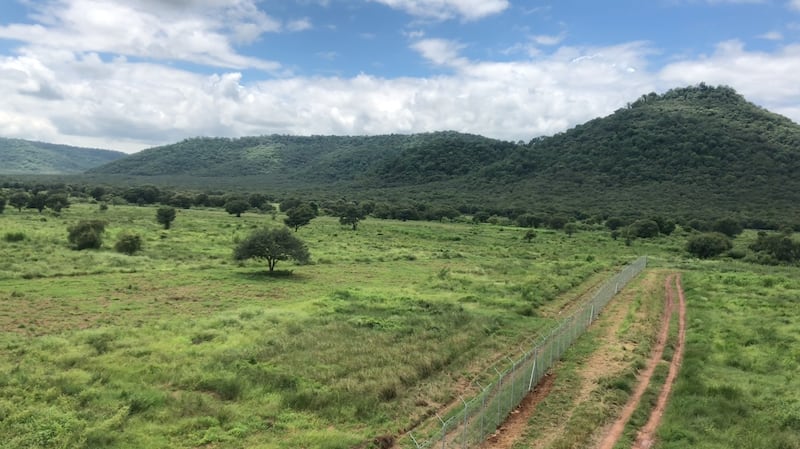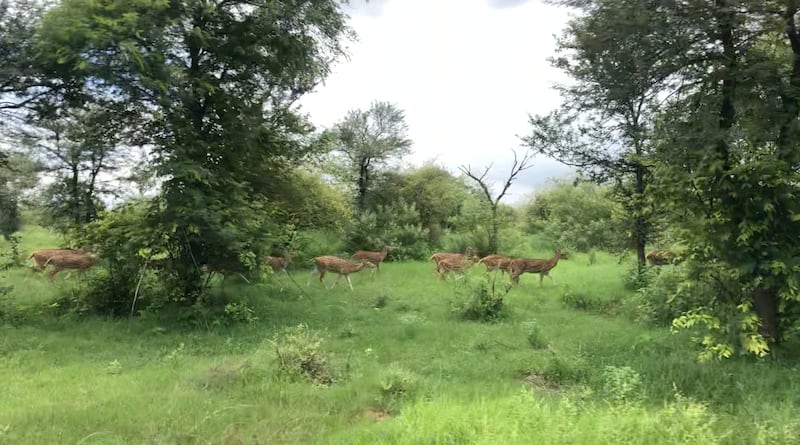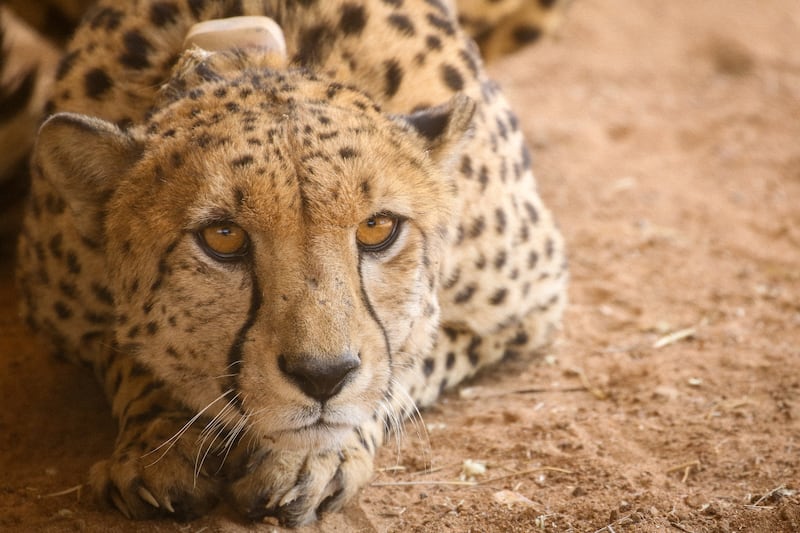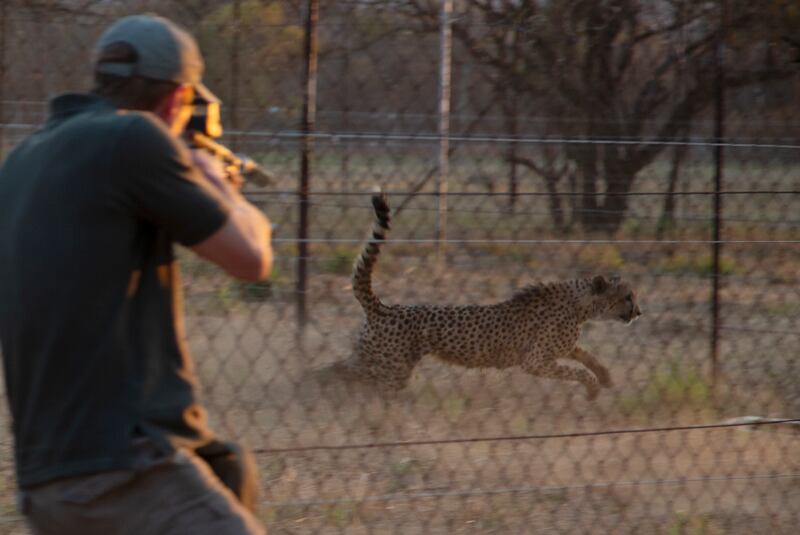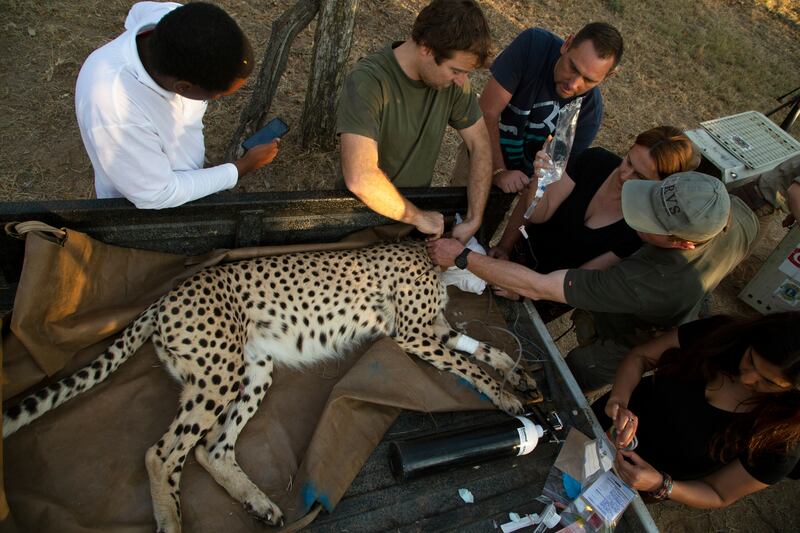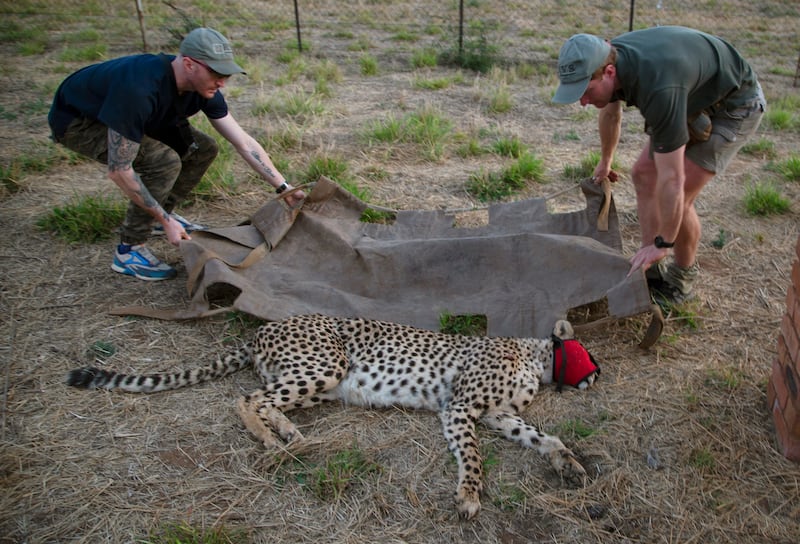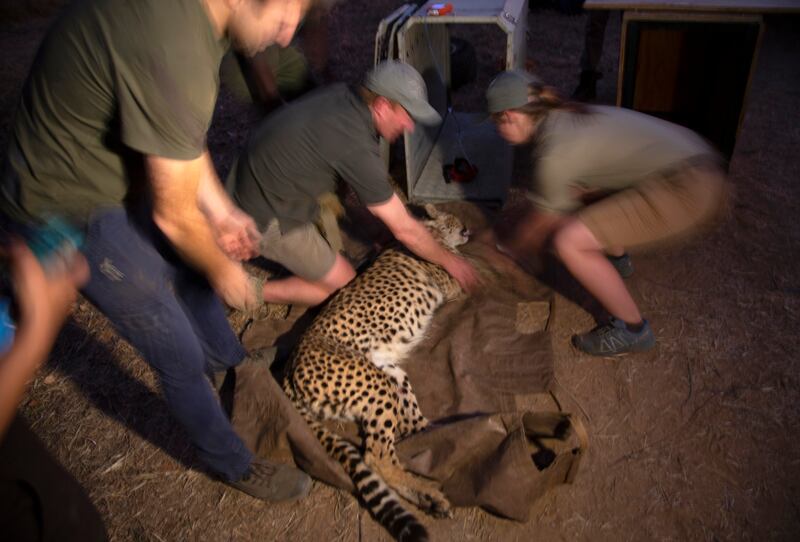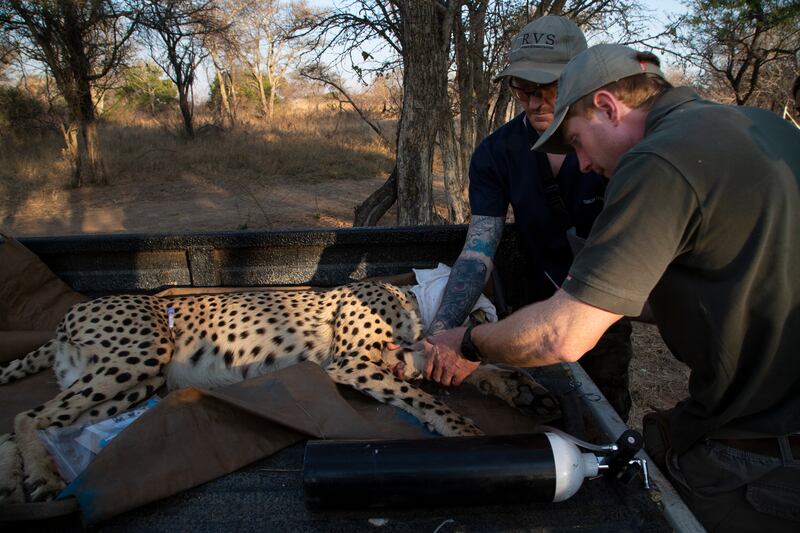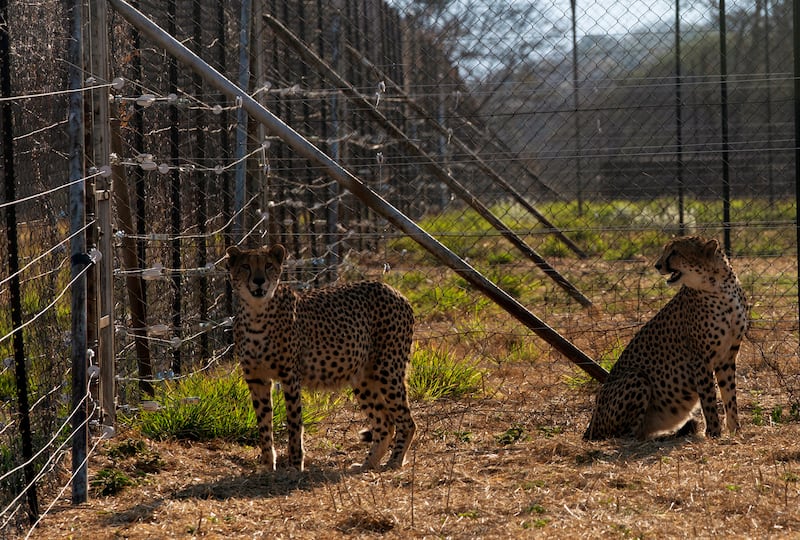India is set to welcome eight cheetahs from Namibia to a national park this weekend as part of an ambitious programme to reintroduce the animals into the wild 70 years after they were declared extinct in the country.
The five females and three males, ranging in age from about 2-6 years, are being transferred from Otjiwarongo in Namibia to the sprawling Kuno National Park in India's central Madhya Pradesh state.
Indian Prime Minister Narendra Modi is scheduled to release the cheetahs into a safe enclosure on Saturday, the day he celebrates his 72nd birthday.
Few cheetahs in Asia
The cheetah is a large cat native to Africa and Asia. However, numbers of the Asian species have dwindled, with only a handful now found in Iran.
They are known for being the fastest animal on land, able to reach speeds of up to 120 kilometres per hour.
Cheetahs are impressive, athletic creatures with a sleek frame, long legs, unique teardrop markings on the their faces and tiny black spots on their coats of golden yellow to pale orange.
The carnivores are also known for making a range of sounds including chirping, coughing, purring and hissing.
Hunted to extinction
Cheetahs face extinction pressure from climate change, hunting and a low reproduction rate, and are considered vulnerable under the International Union for Conservation of Nature's red list of threatened species.
There are only 7,000 cheetahs in the wild, mostly distributed in the grasslands of southern Africa.
Asiatic cheetahs, considered critically endangered, once roamed in the wild in India before decades of hunting and habitat loss led to their extinction. Now, fewer than 70 remain in a remote, arid region in Iran.
It is believed India had more than 10,000 cheetahs during the reign of Mughal emperor Akbar in the 15th century, about one-tenth of which were kept at his court for hunting other animals.
Their population had dwindled by the 1900s following bounty hunting by colonial British rulers and erstwhile Indian kings. The last three cats were hunted down in 1947 by Maharaja Ramanuj Pratap Singh Deo, a king in central India’s Koriya region.
The Indian government declared cheetahs extinct in 1952.
50 cheetahs in five years
The Indian government and conservationists have tried to revive the cheetah population for decades. Attempts to bring in cheetahs from Iran were turned down by Tehran, which cited the depletion of its own population of the wild cats.
In 2018, however, the government received the Supreme Court's go-ahead to introduce cheetahs from other continents after appealing against its decision to term the African species “foreign”.
After the court’s approval, the National Tiger Conservation Authority started efforts to bring cheetahs from Africa.
Following years of negotiations, New Delhi signed an agreement with Namibia in July to relocate 50 young cheetahs to India over the next five years.
The Cheetah Conservation Fund, a Namibia-based organisation, is assisting with their transfer.
More cheetahs are scheduled to arrive from South Africa as well in coming months.
“We have lost the cheetah, it is the only species after independence which we have lost and we want it back,” Dr M K Ranjitsihn, the point person for the India’s cheetah project, told The National.
“With cheetahs we want to bring back a focus on habitat and ecosystem and landscape restoration and save diverse parts of the biodiversity,” he said.
8,000km journey
The Namibian cheetahs will travel a distance of more than 8,000km in about 20 hours in a specially modified aircraft owned by a Sharjah-based company.
The aircraft travelled from the UAE to Namibia’s capital Windhoek on Friday to pick up the wild cats.
Accompanied by a team from CCF, they will arrive in India's western city of Jaipur before being flown in helicopters to Kuno National Park on Saturday.
Gradual adaptation
CCF said the cheetahs were selected based on their health, disposition, hunting skills and ability to contribute genetics that will result in a strong founder population.
They will be fitted with satellite collars and remain in a fenced holding area as they adapt to their new environment while scientists track their movements and monitor their health. They will then be released
They will be released into a larger enclosure to become familiar with their new environment where they would remain for a month or more before being released into the wild.
Officials will monitor each animal and bring them back into the park if they stray too close to human habitation.
As cheetahs are very adaptable and had a wide distribution until a century ago, they will be able to survive most of the climate conditions in India, the CCF said.
